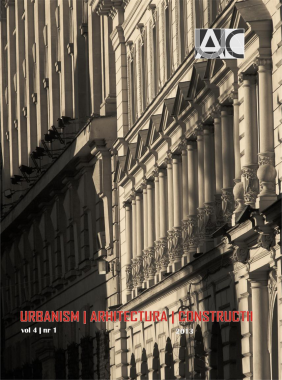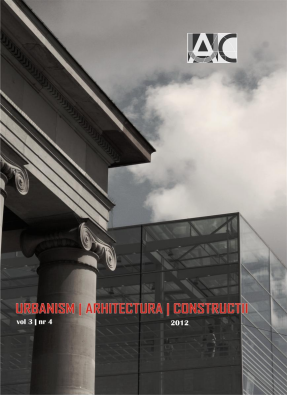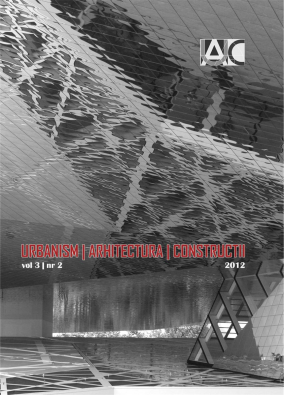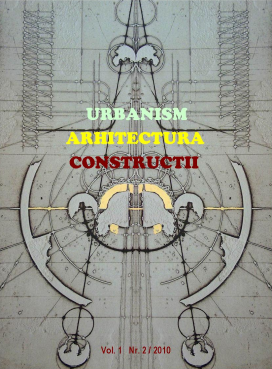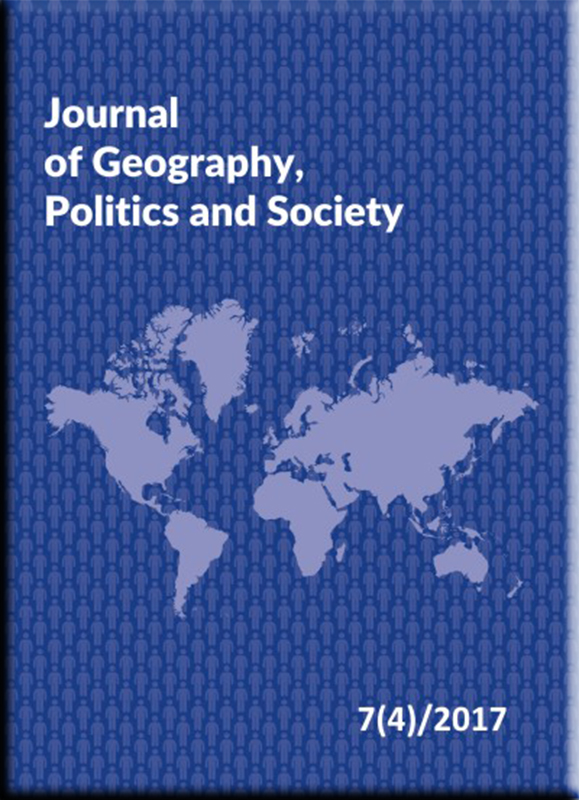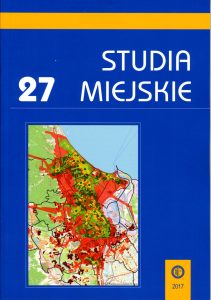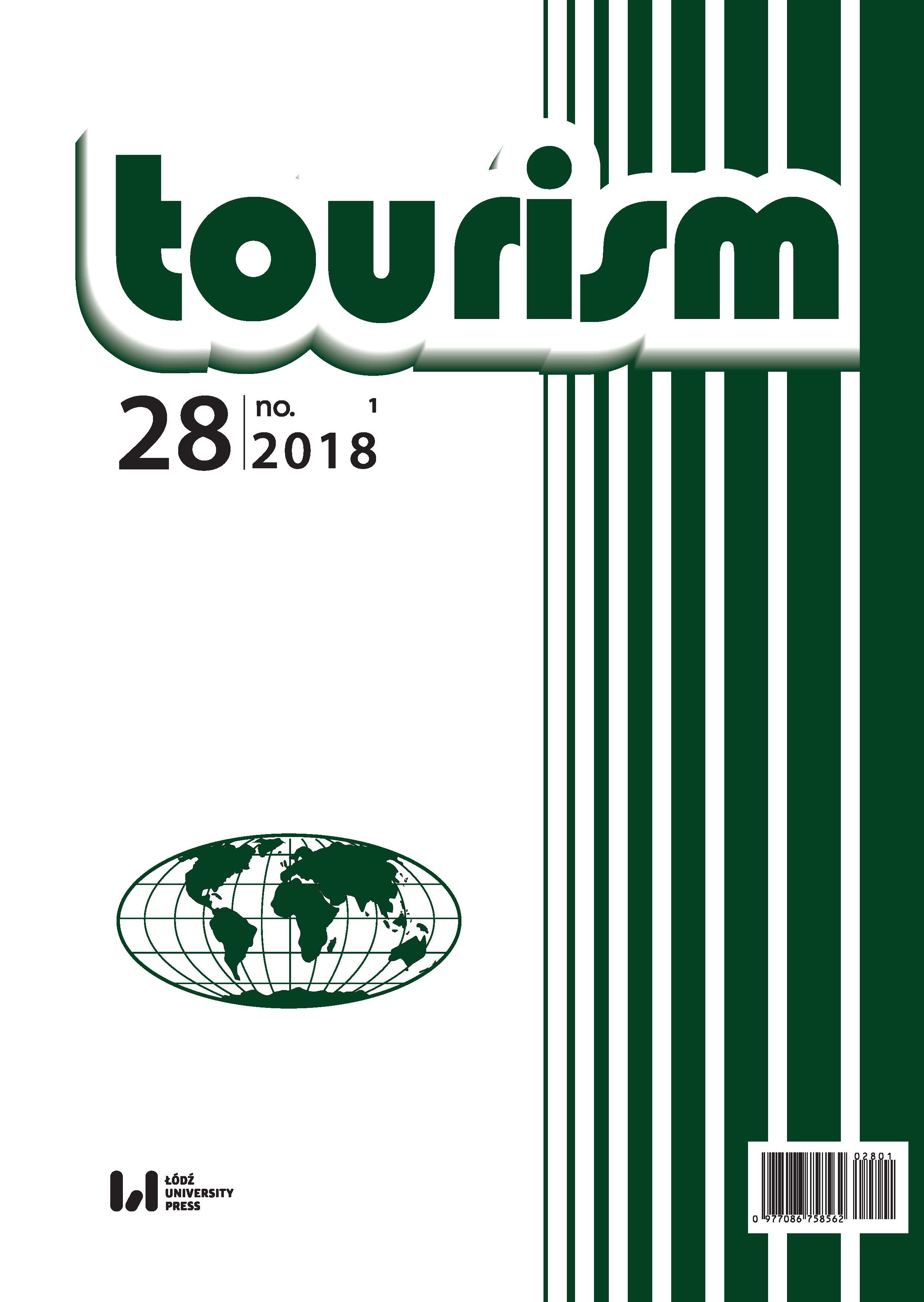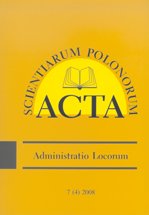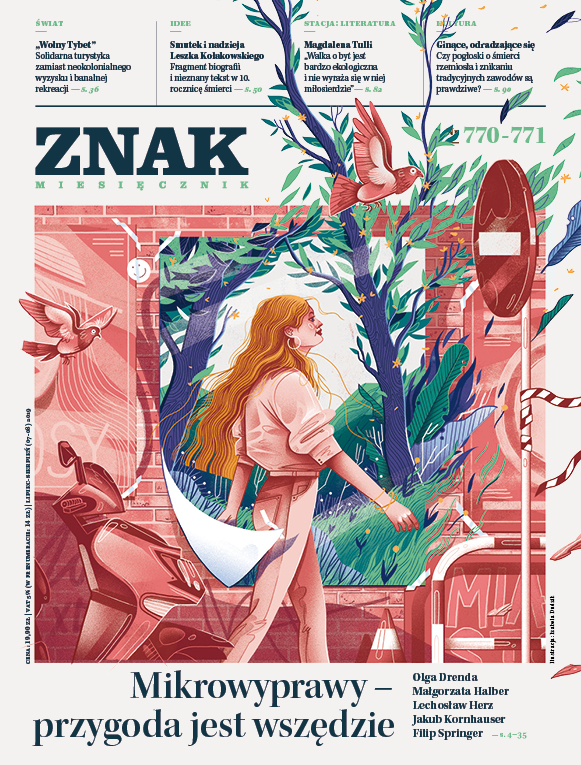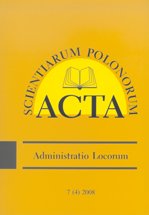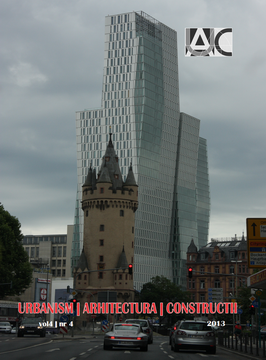
A diachronic approach of landscape changes. Case study: Morii Lake and its surroundings
The objective of this study is to identify specific characteristics of urban development in the category of complex facilities within cities. The study aims to identify changes that took place in the urban landscape, near Morii Lake on Dâmboviţa River, changes with a significant impact on the natural and anthropogenic environment. The analysis follows space functionality structure, whose evolution is basically modified. The communist period of the 80's, the one of great constructions, includes the design of Morii dam, based on the overall goal of protecting the capital from Dâmboviţa's floods. The interpretation of the results is oriented towards a complete picture of the advantages and disadvantages of building a dam lake within an urban area. The changes that took place both during and after the construction of Morii Lake, led to impregnation of another aspect of the landscape in the area. Among the visible effects, as a result of demolitions and displacements from the adjacent area, blocks of flats and villas were built, some agricultural area from the past have been left without use, nowadays attempting the tourist development of the area. For a better understanding and visualization of the results, databases were represented using GIS techniques.
More...
